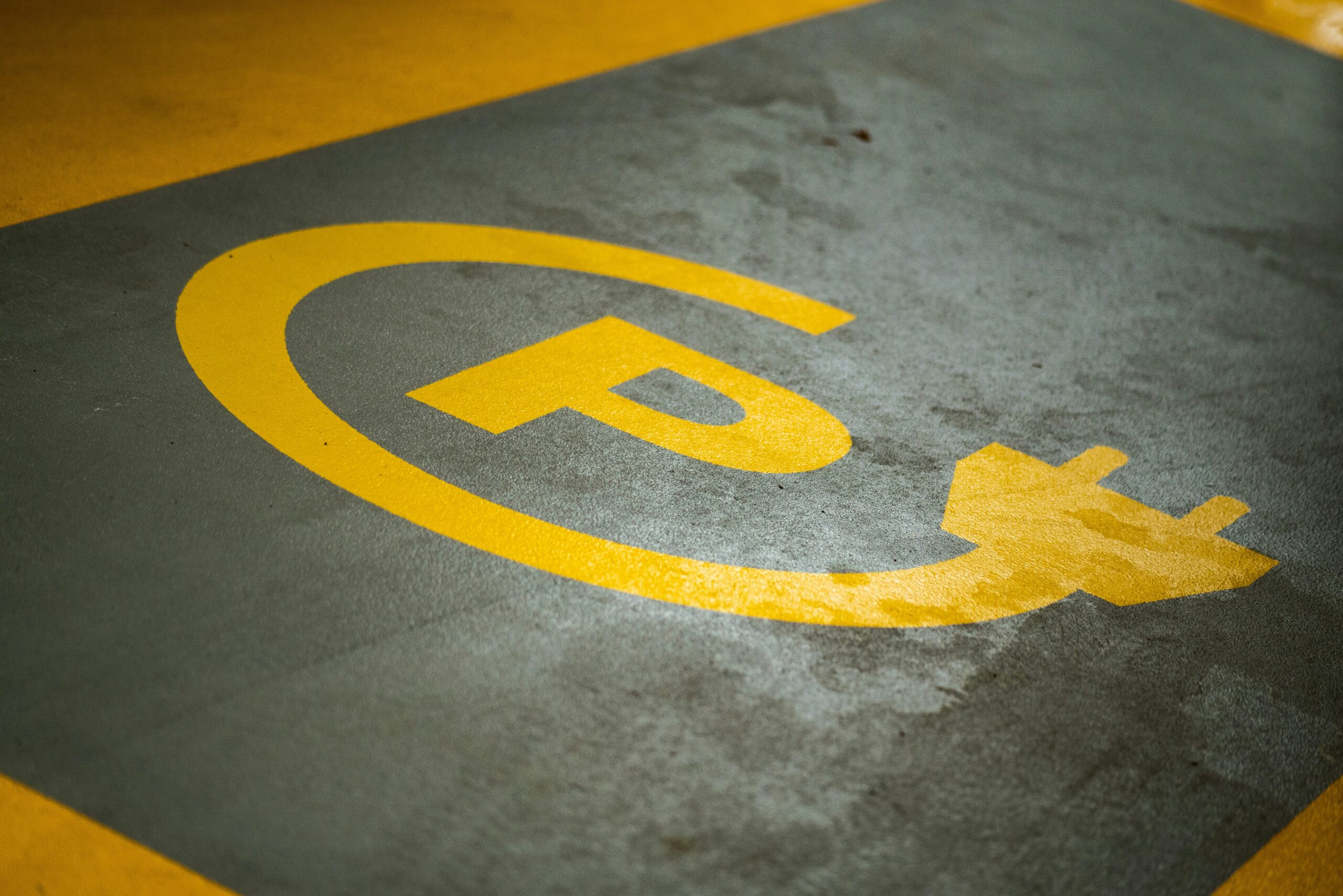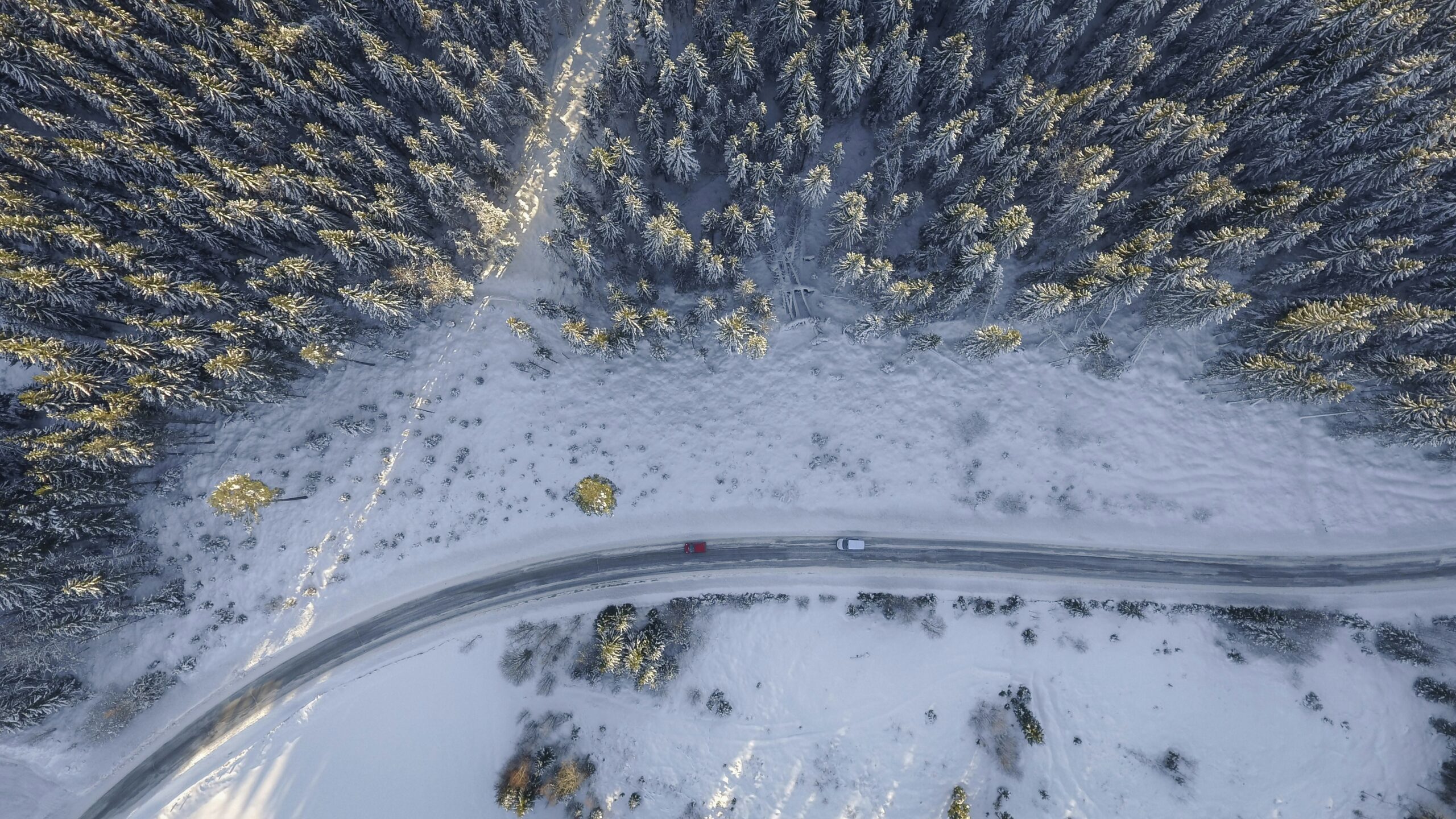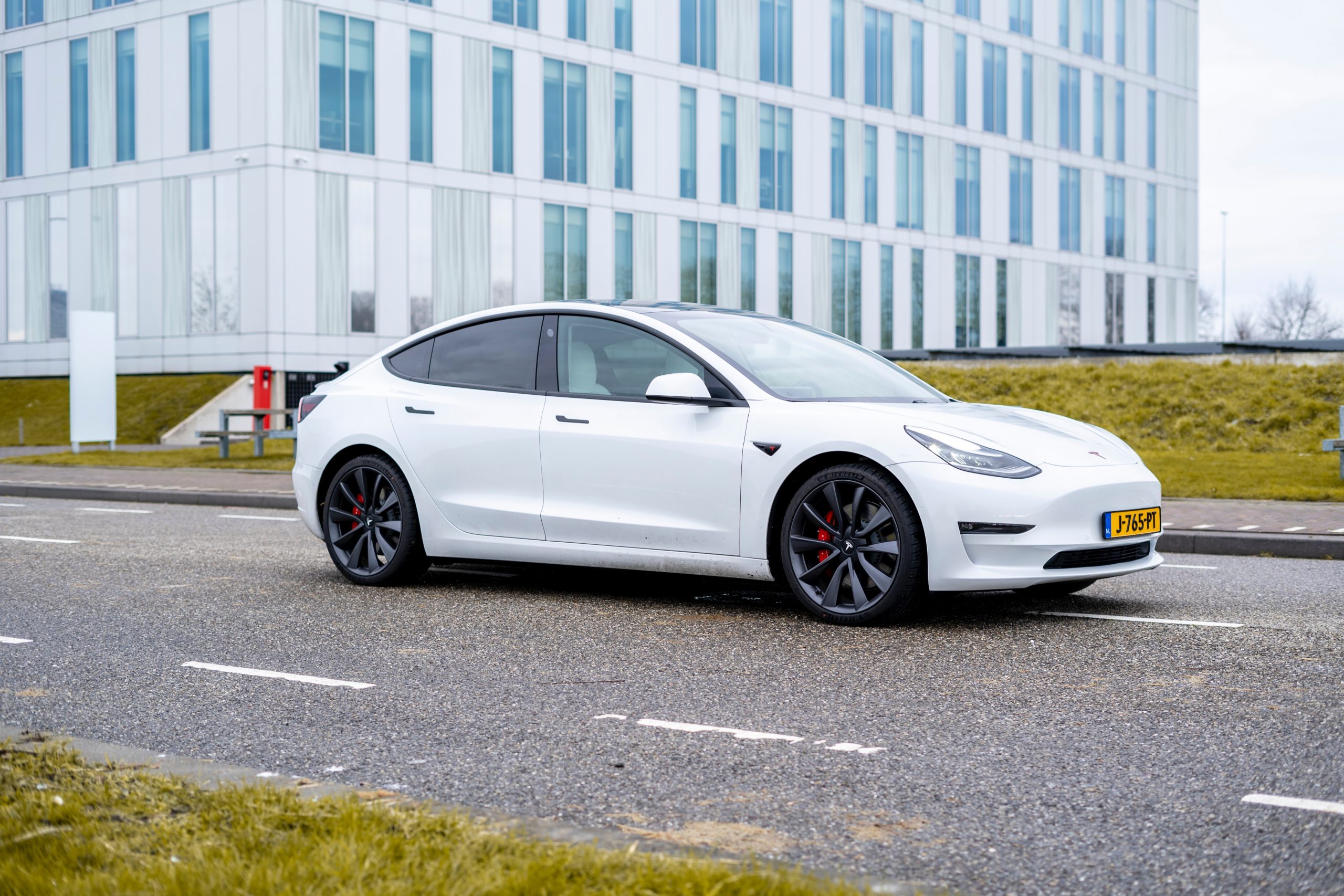A question we get quite often from our readers is this: “What do you need to charge your EV at Tesla Superchargers?”
As electric cars become more popular, many drivers are wondering how to charge their vehicles at Tesla Superchargers. With efforts to open Tesla chargers to non-Tesla electric cars in the US, the Supercharger network is becoming increasingly relevant. In this article, we’ll cover the basics of charging at a Tesla Supercharger, including information that may be useful whether you own a Tesla or not. If you’re looking for information on how to charge your electric vehicle at a Tesla Supercharger, keep reading to learn more.
Tesla Superchargers
If you’re a Tesla owner who frequently takes road trips, chances are you rely on the Supercharger network to keep your EV charged. Luckily, the process of charging your Tesla at a Supercharger is pretty straightforward. Simply back your car into a charging stall and plug it in – the Supercharger will recognize your vehicle based on your account information stored on Tesla’s website. This information includes a credit or debit card, which the Supercharger uses to process payment for the charging session.
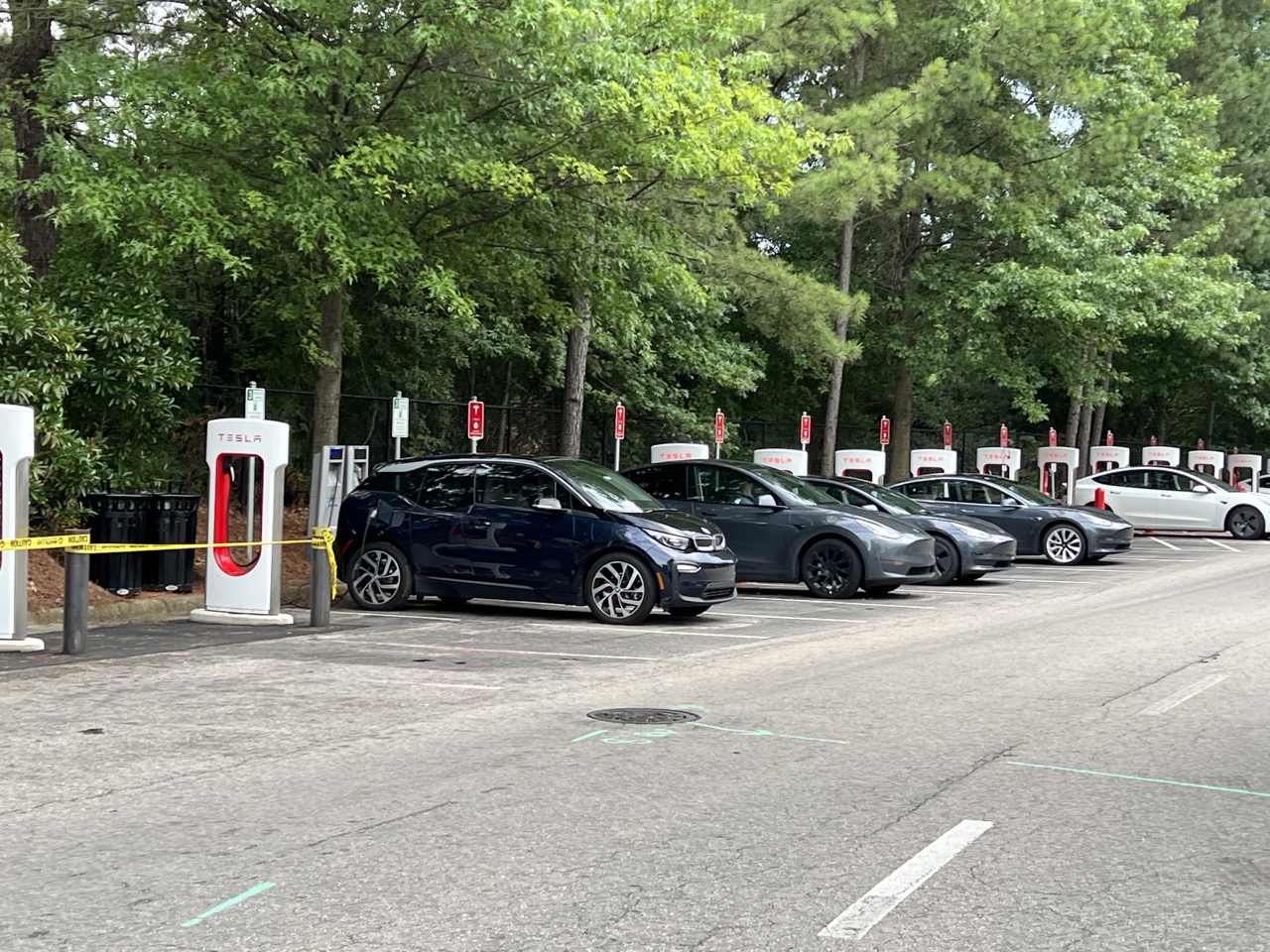
While Tesla Supercharging is typically more expensive than charging at home, it’s still generally cheaper than filling up a gas tank. The cost per kilowatt hour (kWh) at Superchargers is typically around 35-40 cents, and the kWh measures the amount of energy stored in or added to the battery pack. Overall, the Tesla Supercharger network is reliable and well-established, with roughly 1,500 stations and 17,000 charging stalls across the US (as of March 2023).
If you’re a Tesla owner looking to learn more about the Supercharger network and how to use it effectively, keep reading for more information.
CCS Electric Vehicles
If you’ve spent any time researching electric vehicles and their charging options, you’ve likely come across anecdotes and videos about the ease of using the Tesla Supercharger network. It’s true that Tesla vehicles in the US use a specific charging plug that only works with the Supercharger network. In contrast, most other EVs in the US (from a Chevy Bolt to a Lucid Air) use a “CCS” charge port for what’s known as “Level 3” charging, which involves DC fast charging directly into the battery.
Until recently, CCS-equipped cars (i.e. everything except Teslas) had no choice but to use CCS fast chargers – typically from Electrify America, the largest provider of these types of chargers. Unfortunately, there are many stories online about the reliability of EA’s charging network. While charging at CCS stations isn’t difficult, it can take time to initiate charging, and pricing and payment methods can be inconsistent.
Overall, if you own a Tesla, the Supercharger network offers a reliable and efficient charging solution for road trips and long journeys. However, if you own another type of EV, you’ll likely need to rely on CCS fast chargers and may need to do some research to find a reliable provider in your area. Regardless of the type of EV you own, understanding the charging options available to you can help you make informed decisions about how and where to charge your vehicle.
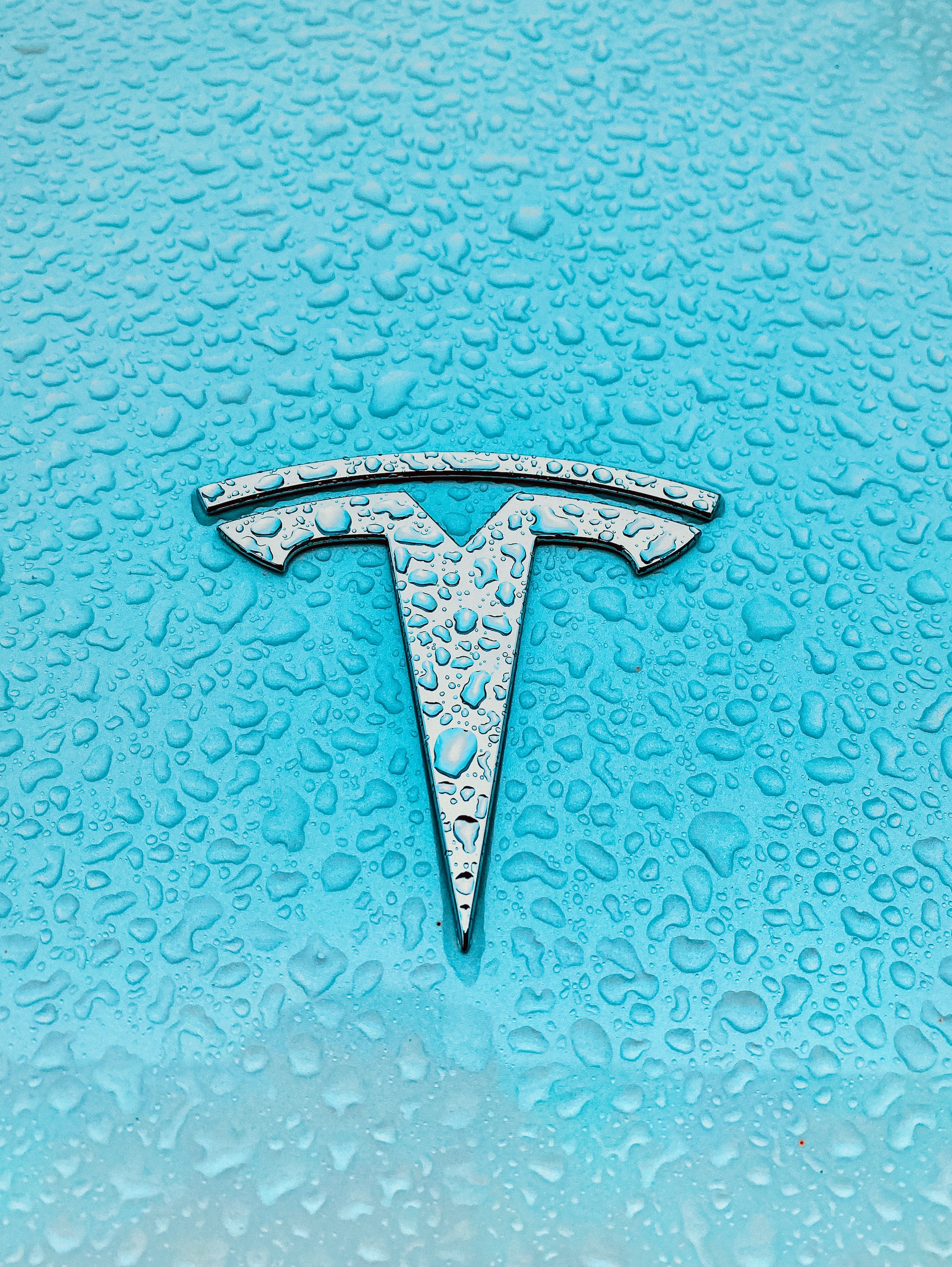
How to Charge Your Non-Tesla
Tesla has recently begun a trial period of opening their Supercharger network to non-Tesla electric cars with CCS charge ports. While not every Supercharger is available for use by non-Tesla EVs, Tesla is retrofitting select locations in New York and California with what they call the “Magic Dock.”
To use the Magic Dock with your non-Tesla EV, you’ll first need to create a profile on Tesla’s website and download the app. Once you’ve set up a payment method on your profile, the process of charging at a Supercharger is straightforward: simply pull into the station, locate the number on the bottom of the stall, and select the correct location and stall through the “charge your non-Tesla” option in the app. From there, you can charge your electric vehicle at a Tesla Supercharger.
As Tesla continues to expand access to its Supercharger network, it’s important for EV owners to stay informed about the charging options available to them. Whether you own a Tesla or another type of electric car, understanding the charging infrastructure in your area can help you plan more efficient and convenient road trips.
How Does it Really Work So Far?
While Tesla’s recent trial period of opening its Supercharger network to non-Tesla electric cars with CCS charge ports has been generally successful, there have been some issues with the process. One common problem is that some CCS-equipped cars have their charge port located on the front left of the vehicle, while Tesla’s charge port is located on the back left. This can make it difficult for the Supercharger cord to reach the charge port, leading some drivers to take up two spots at the charging station as illustrated by one YouTuber.
While this issue may not be a major problem if the Supercharger station isn’t full, it’s important to consider the potential for congestion when both Tesla and CCS cars are using the same charging infrastructure. As Tesla continues to expand access to its Supercharger network, it will be interesting to see how the company addresses this issue and whether new charging solutions will be developed to accommodate different types of EVs. For now, it’s important for EV owners to be aware of the potential limitations of using a Supercharger with a non-Tesla electric car and to plan accordingly.

